Knowing crushed stone and gravel sizes or grades is vital in helping you decide on the size to buy, considering the intended use. Remember, the various projects like drainage, driveway, patio, roads, decoration work, etc., require specific grades for perfect results.
This post has the common gravel and crushed stone sizes or grades. Also we will tell you which size or grade to buy for what job.
Afterward, you will have insight on gavel sizes categories i.e., ISO 14668 and the Udden-Wentworth scale. And to conclude, we will give you a crushed stone/gravel size chart.

Contents
- Crushed stones vs. gravel
- Gravel sizes and grades
- Crushed stone #1: 2″-4″ wide
- Crushed stones #2: ½″ to 2-2/2″ wide
- Crushed stone #3: ½″-2″ wide
- Crushed stones #5: 1″ or less
- Crushed stones #8: ⅜″-½″
- Crushed stone #10 (Stone dust, rock, or gravel screenings): ⅛″ or smaller
- Crushed stone #57 – About ¾″ (usually ½-1″)
- Crushed stone #67: less than ¾″
- 67 stone vs. 57 stone
- Crushed stone #411
- Gravel sizes categories ISO 14668 and Udden-Wentworth scale
- a). International Organization for Standardization ISO 14688
- b). Udden-Wentworth scale
- Crushed stone/gravel size chart
- Caution
- Why You Should Trust Us
Crushed stones vs. gravel
Gravel is loose, fragmented rocks formed by natural weathering and erosion. It is usually harvested from lakes, oceans, or river beds and has sizes ranging from granule to boulder size.
Due to the gradual erosion, gravel has a smooth shape and often have roughly round edges or shapes.
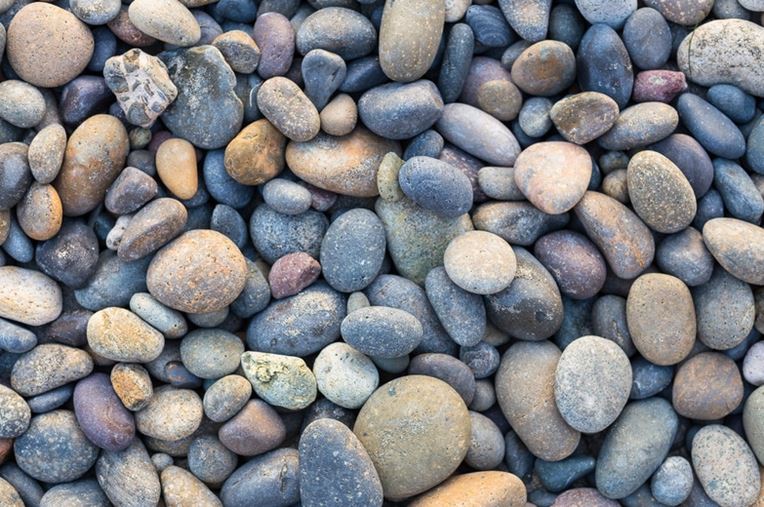
On the other hand, crushed stones are manufactured, i.e., they are made by harvesting various rocks and breaking them down using crushers.
They have angular and jagged edges and some of the crushed rocks types available for sale in various places include the following:
- Granite
- Limestone
- Basalt
- Sandstone
- Slate
- Laterite
- Marble
- Gneiss
- Quartzite
- Dolomite
Each of these types attracts different prices, and they have their pros and cons. Ensure you exactly know what you need. Also, the various rocks come in different colors, and the color you select has an influence on the overall cost you will incur.
In the US, however, gravel may also mean crushed stones less than two inches in size but larger than sand. But the vice versa isn’t true, i.e., crushed stones doesn’t mean gravel.
Note: When giving you grades and sizes, we will use the US definition of gravel which encompasses crushed stones.
Gravel sizes and grades
Gravel is graded according to stone particle size or diameter, and there are ten primary sizes and several other special ones.
The exact naming of each size name may vary from one place to another (country or state) or from one supplier to another. However, the particle diameter and uses are very similar, so are their application.
Secondly, grades don’t tell you which stone was crushed, i.e., granite, limestone, sandstone, or slate, but rather the stone size.
Thirdly, as a general rule, the small the grade number, the coarser or large the gravel particle size, and the larger the number, the finer it is. However, this doesn’t apply to the two unique grades (or some special categories), as we will shortly see.
Let us look at the popular gravel sizes or grades.
Crushed stone #1: 2″-4″ wide
Crushed stones #1 measures 2-4 inches wide or in diameter. They are the largest crushed rocks, and you have to work with them individually, i.e., their size doesn’t allow shoveling.
Some of the places to use gravel #1 include:
- Large jobs such as making culvert ballasts or filling larger holes
- Areas with a higher risk of soil erosion or near water bodies
- Lining ditches and lining diversion pits for rainwater
- Subbase for driveway or roads but will need screening gravel.
- As decorative stones in your garden, patio, or yards, i.e., you can use them around your garden, patio, line pathways, walkways, and so on.
Please, don’t place them on patio, driveways, walkways, or pathways unless you top-dress them with finer gravel, i.e., use them as a stable subbase as they will be uncomfortable to stand or walk on even when shoes.
Crushed stones #2: ½″ to 2-2/2″ wide
These crushed rocks measure 1-1//2 to 2-2/2 inches, and they are not a popular category. Most vendors don’t have them.
Some of the uses of number 2 gravel include the following:
- Large construction jobs, filling large holes, railroad ballast, or making culvert ballast.
- Subbase for roads, highway works, or driveways that need more stability
- Decoration and landscaping
- Construction of drywall exists points and entrance
- Systems for managing stormwater
- Septic tank filter system
Crushed stone #3: ½″-2″ wide
Crusts stones #3 are ½ to 2 inches wide and are very popular since they have many applications in construction and at your home.
Some of the popular uses include
- Projects that drainage
- More extensive projects including culvert ballast, roads, railroads, and so on
- Driveway base with screening
- Septic systems base
- Dry wells
Crushed stones #5: 1″ or less
Crushed stone #5 has gravel that is up to an inch in size. It doesn’t compact well is ideal for driveway and road base.
Crushed stones #8: ⅜″-½″
Crushed stones #8 are ⅜ to ½ an inch wide and are at times known as ⅜-inch washed stone or clean crushed stone because most undergo thorough cleaning to get rid of any residue or dust.
Popular uses of number 8 include:
- Concrete mixes
- In asphalt, as part of the aggregate
- Subbase for concrete patio, driveways, and sidewalks
- Placed on sidewalks and driveway
- Decorative purposes, especially around trees
- Drainage systems
- Horse barns final base
Crushed stone #10 (Stone dust, rock, or gravel screenings): ⅛″ or smaller
Crushed stones #10, also known as rock/gravel screenings or stone dust, is pulverized stone produced as a byproduct stone-breaking process.
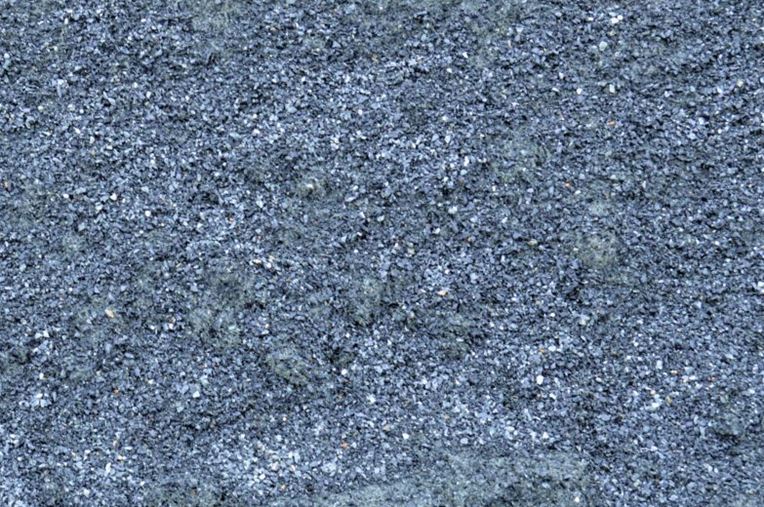
Stone dust or screenings are sturdy, easily compacts, and workable by hand. Some of the popular uses include the following:
- Paver base for patio stones, clay bricks, concrete pavers (levelly agent)
- Base material for making concrete pavers, concrete blocks, and concrete slabs (precast)
- Final layer for many patio projects since it is very sturdy and reliable
- Added to larger stones crevices to help pack or prevent movement
Avoid using these screenings in muddy areas as they will get messy quickly.
Finally, on average, stone screenings cost $20 to $100 per cubic yard, and this price will vary from one place to another and on various factors.
Crushed stone #57 – About ¾″ (usually ½-1″)
Crushed stone #57 has rocks that measure about ¾ of an inch, and it is widespread and affordable. It is a unique size where a ¾ inch square screen works.
Also, the size is that is workable by hand. Some of its uses include the following:
- Making concrete mix and aggregate for hot-mixed asphalt
- Driveway and RV pads
- French drains
- Landscaping
- Drainage control
- Topdressing walkways, pathways, and driveway is easy to drive through and doesn’t get muddy if you have the correct sub-base.
- Retaining walls
- Lining underground cables and pipes
- Railroad ballast, sidewalk, asphalt, shed, and paved driveway base
- The base for paved driveways
- Foundation backfills
Crushed stone 57 price per ton is $10 to $ 50, which translates to about $15 to $75 per yard. The actual cost will depend on your location, quantity, and the exact rocks you are talking about, and other factors.
For instance, crushed limestone will have a different price than crushed granite, marble, quartz, bluestone, or white gravel.
Generally, quartz, black/lave, and bluestone #57 gravel attract higher costs that exceed $100 per cubic yard.
Crushed stone #67: less than ¾″
Crushed stone #67 are less than ¾ of an inch, i.e., slightly smaller than #57 with sizes ranging from ½″ to ¾″. It is minimally compactable and workable by hand. Some of the uses include the following:
- Fill and backfilling retaining walls
- Material for slab and road base
- Driveway, and walkaways gravel
- Around drain pipes to boost drainage
- Stabilize hard to compact soil
- Premixed concrete and hot-mix asphalt
67 stone vs. 57 stone
As you can see, crushed stone #57 and #67 are closely related and have similar uses. We will not give you much detail on 67 stone vs. 57 stone gravel because you already know something.
However, to emphasize, you deserve to know that stone 57 gravel is about ¾″ in size with reasonably uniform size while stone 67 gravel is less than ¾″, usually ⅓ to nearly ¾ an inch. However, sizes may vary but don’t have fine or dust.
Crushed stone #411
Crushed stone #411 has similar sizes as stone #57. However, unlike crushed stone number 57, it does have the dust created during the breaking or crushing process, i.e., rock screenings.
The presence of stone dust means that it is compactable and becomes stable and solid. Some of its uses include walkways, parking lots, or any other job where a compact subbase is necessary.
- Driveways, parking lots, and any other job where you need compactable crushed rocks
- Wall and paver base
- Compactible fill
Gravel sizes categories ISO 14668 and Udden-Wentworth scale
If you specifically want to talk about naturally formed gravel, there are two ways of classifying it, that is to say:
a). International Organization for Standardization ISO 14688
According to ISO 14688, gravel is any fragmented rock larger than 2mm but equal to or smaller than 63mm in size. Further, ISO 14688 categories them into three categories, fine, medium, and rough, whose details are as follows:
- Fine gravel has particles that are larger than 2mm but equal or than 6.3mm (>2mm ≤ 6.3mm)
- Medium gravel with size particles that exceed 6.3mm but less or equal than 20mm (>6.3mm ≤ 20mm)
- Course gravel has particle sizes that are larger than 20mm but no more than 63mm (>20mm ≤ 63mm)
As you can see, this classification doesn’t consider whether gravel is crushed rocks or naturally formed. It only takes into account the sizes.
b). Udden-Wentworth scale
The Udden-Wentworth scale categorizes gravel into either granule with 2mm to 4 mm (0.079-0.157 inches) particle sizes or pebbles with 4mm to 64 mm (0.2-2.5 inches) particles.
Granule gravel is sub-divided into very fine and fine, while pebble gravel has three sub-categories, i.e., medium, coarse, and very coarse.
Finally, the Udden-Wentworth scale considers unlithified cobblestones (existing as individual pieces and not sedimented together) and boulders as gravel. Cobblestones are 64mm to 256 mm (2.5–10.1 inches) and boulders larger than 256 mm (10.1 inches)
Crushed stone/gravel size chart
You know the use of the various stone grades. It is time to give you a quick gravel size chart to summarize the various sizes.
| Crushed stone grade or number | Size |
| #1 | 2″ to 4″ wide |
| #2 | ½″ to 2-2/2″ wide |
| #3 | ½″-2″ wide |
| #5: | 1″ or less |
| #8: | ⅜″-½″ |
| #10 (Stone dust, rock, or gravel screenings) | ⅛″ or smaller |
| #57 | About ¾″ |
| #67 | less than ¾″ |
Caution
When buying any gravel grades or sizes, always look at the description of the vendor. Therefore, countercheck to see if your vendor uses the same chart as we gave you above.
Finally, if not explicit, ensure you ask the vendors the actual sizes since different sizes have different uses.
Why You Should Trust Us
HomesPursuit's expertise isn't limited to the theoretical aspects of gardening. Our team members have hands-on experience with a wide variety of gardening projects, both residential and commercial. We have worked with clients to design and install gardens, select and maintain plants, and choose the right materials for landscaping projects. This practical experience allows us to provide tried-and-tested tips and insights for your gardening needs.
When it comes to crushed stone and gravel, our experts have extensive knowledge of the various types, sizes, and applications for these materials. We understand how the size and composition of crushed stone and gravel can impact the performance and appearance of a landscaping project. We have used this knowledge to create user-friendly charts that make it easy for you to choose the right size and type of material for your specific needs.

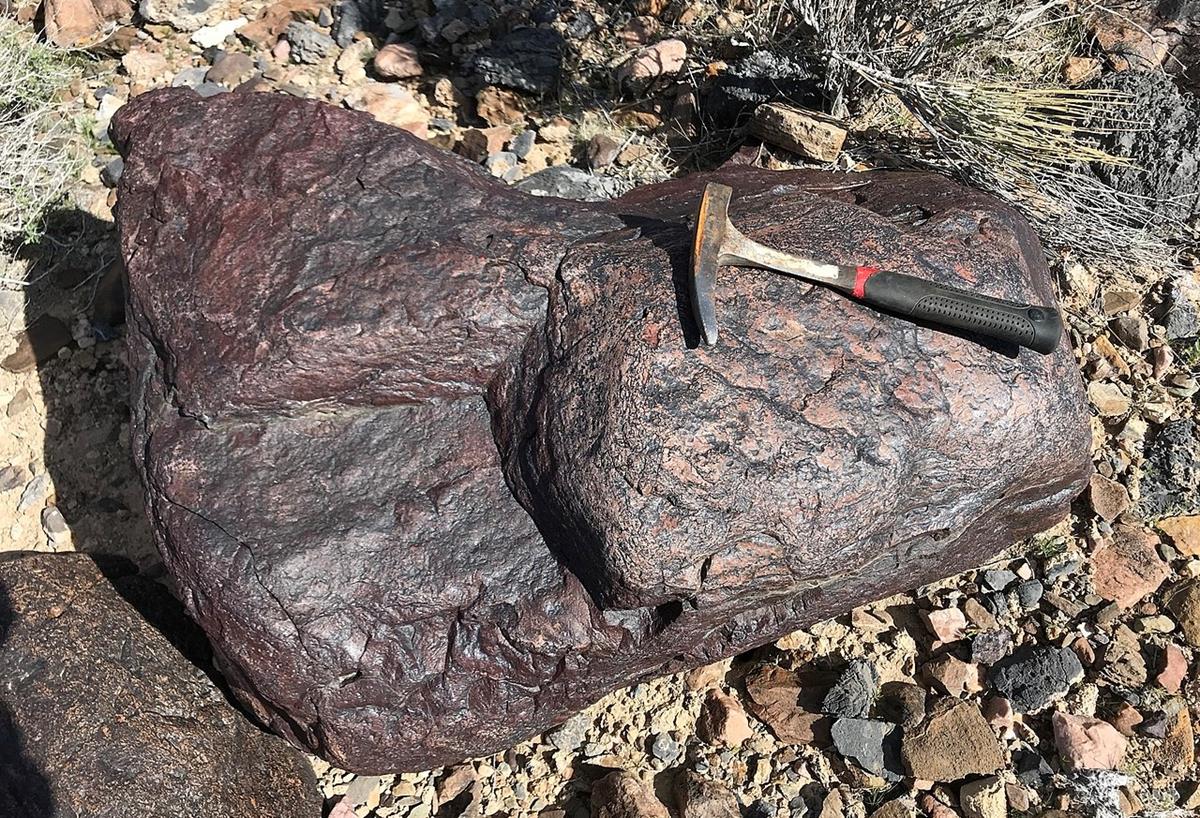
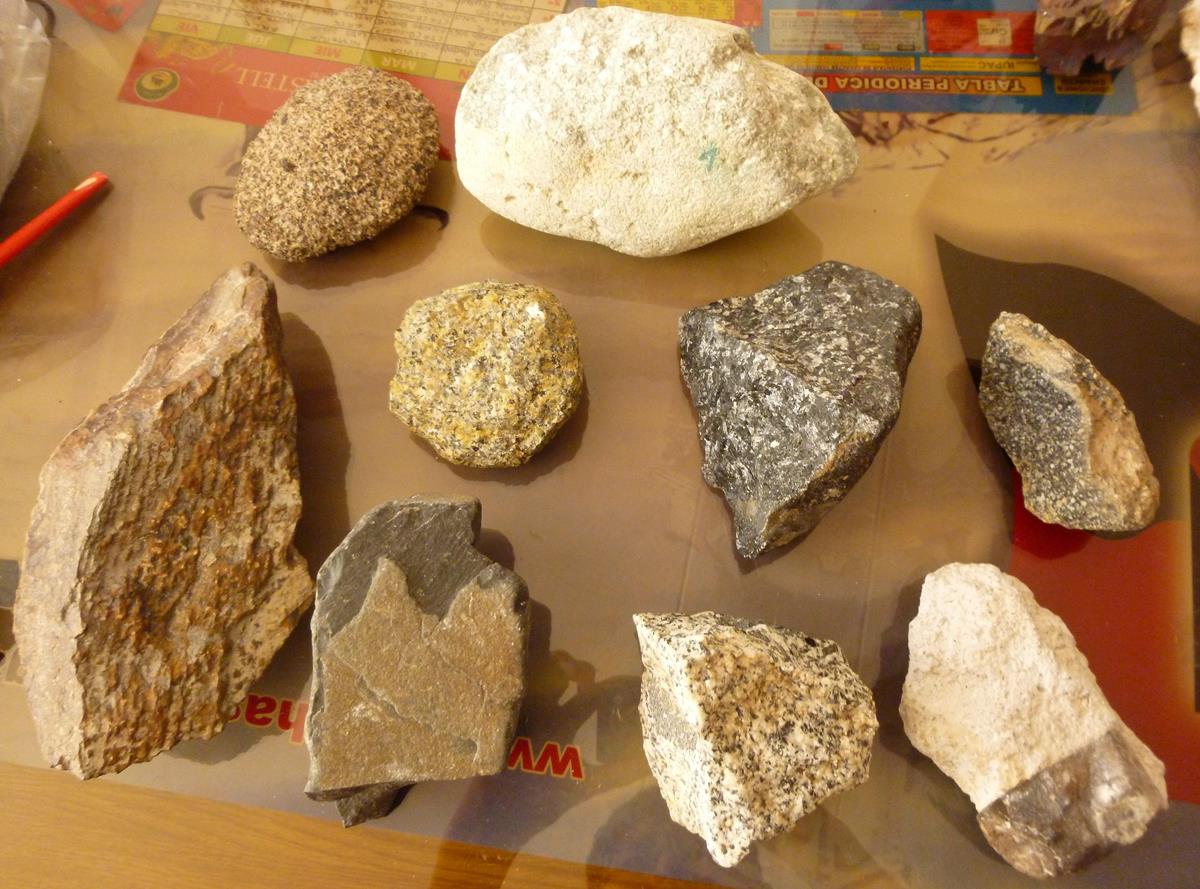
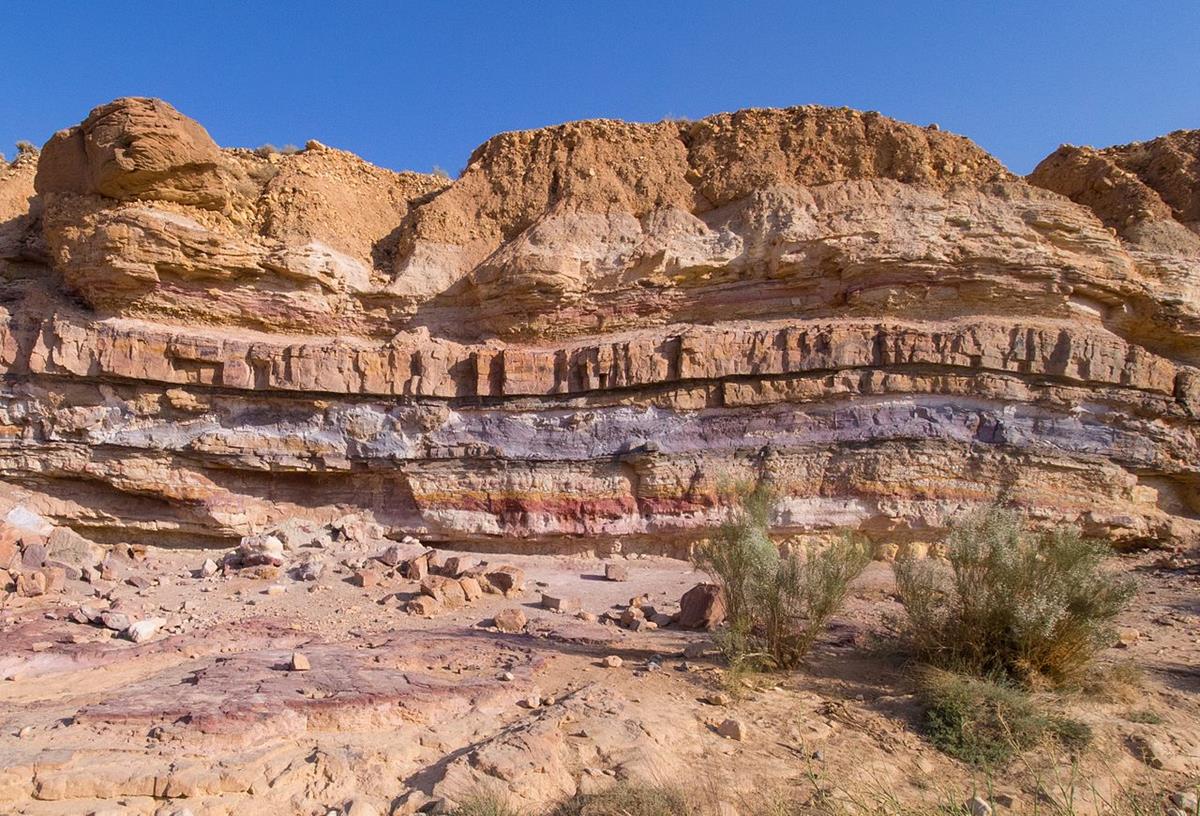
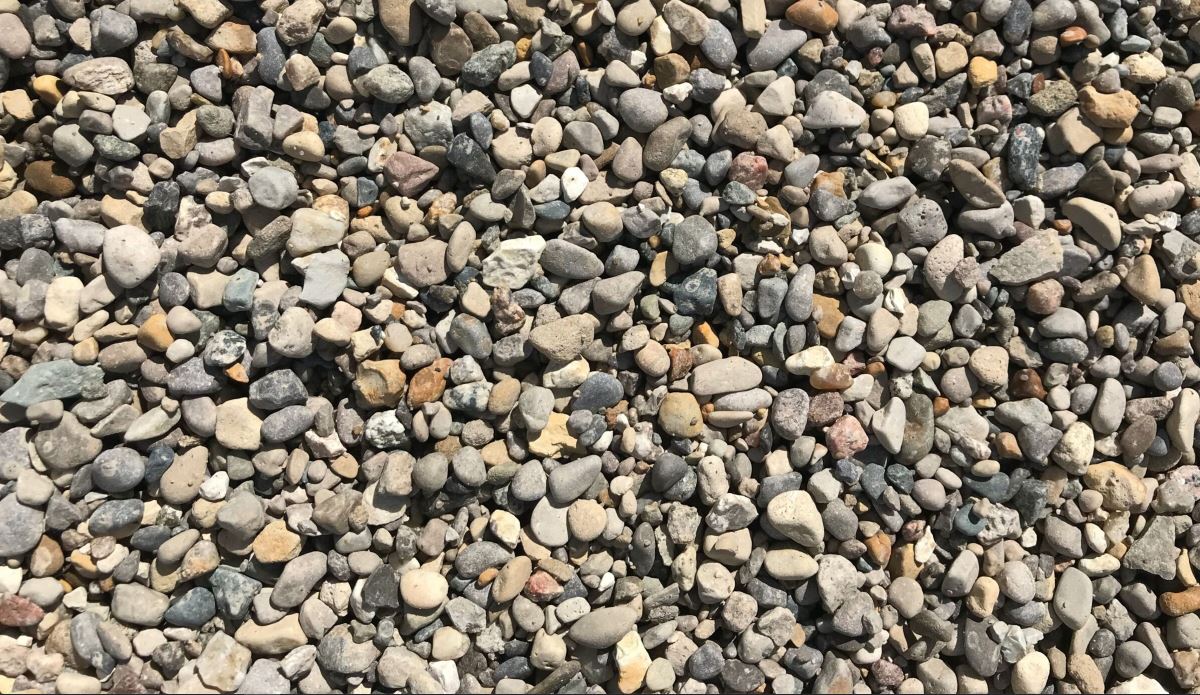
Madeline Fischer
Where is the answer to how to calculate the amount of rock needed
Editorial Team
This post focuses on crushed stone and gravel sizes and does not help determine the amount of rock you need. We will work on something to help determine the amount of rock one needs for a project.
A quick answer will be determining the area (Length x Width) in feet and the thickness. In most cases, the depth will be in inches, convert it to feet by dividing by 12.
Amount of rock needed per cubic yard = (Length x width x Thickness) divided by 27 (conversion factor of cubic yards to cubic feet).
If you will be working in tons, divide (Length x width x Thickness) in feet by 21.6 (cubic feet that make a ton of rocks).
This method will only give you an approximate value, not so accurate considering rock sizes vary, so does their packing factor.
Patrick Morin
I would appreciate info on the best type gravel/sand for mixing with portland cement to make concrete slabs and foundations please
Editorial Team
The best sand for your concrete slab and foundations is concrete sand. This is a washed, coarse sand with slightly larger grains than masonry sand. However, masonry sand should still work just fine.
On the other hand, for aggregate (crushed stones or gravel), limestone, sandstone, or basalt are all good for the job. However, they should be 3/8-1.5 inches in diameter.
The specific ratio to use with your Portland cement depends on your structure’s weight and the load you want your slab to bear.
Generally PCC 1:1.5:3 (M20) & 1:1:2 (M25) work for strong floundation and indoor floor slabs. For lighter structures, and slabs for patio, pathways, PCC ratio 1:3:6 (M10) & 1:2:4 (M15).
For instance, the plain Cement Concrete PCC 1:1:2 means mixing one part of cement, one part of sand, and two parts of aggregate (gravel). The M20 or M25 tells the strength in MPa after curing for at least 28 days.
I hope this is the answer you were looking for. If not, let us know.
Musa
Thank you for this wonderful information. But i also wanted to understand what does 304 stand for. I have been looking for Paver patio base and have a supplier who supplies crushed concrete size 304. What does this mean and will this be a good Patio base given the fact that I live in Cleveland,OH.
Editorial Team
ITEM 304 Aggregate Base is a gradation system by Ohio State Government that sets requirements or standards for the various base aggregate materials below.
These base aggregate size range from 1-1/2″ or smaller to stone dust. The gradation uses a set of sieves, and a percentage of crushed rocks should pass through it. Here is the 304 Aggregate Base chart.
Sieve Size
Total Percent Passing
2 inch (50 mm)
100
1 inch (25.0 mm)
70 to 100
3/4 inch (19.0 mm)
50 to 90
No. 4 (4.75 mm)
30 to 60
No. 30 (600 mm)
9 to 33
No. 200 (75 mm)
0 to 15[1]
[1] Furnish OH slag that has 0 to 10 percent passing through the No. 200 (75mm) sieve
See more at 703 AGGREGATE
Aggregate base vendors use this guideline to ensure their base aggregate meet the guidelines set by Ohio State Government. So, this is what you should buy and it is what is recommended not for your patio but also driveways, roads, etc.
bmarcello
From what state or federal code do the # sizes for gravel originate? I've had a hard time trying to find the answer.
Also I've seen Class 5 defined as less than 3/4 inch. Is that just a state variance?
Editorial Team
The # numbers tell you the crushed rock size. However, in the US, different states have other ways to name these rock sizes. Also, we didn't give all the rock sizes, just the ones commonly used.